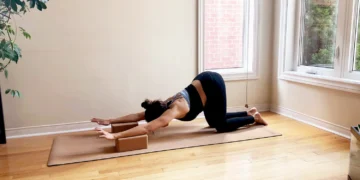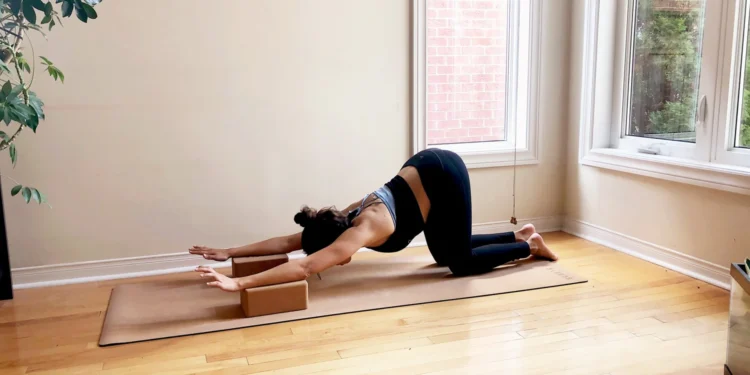Yoga, a practice revered for its harmony between mind, body, and nature, is experiencing a revolutionary shift towards eco-consciousness. As practitioners seek sustainability in every aspect of their practice, traditional yoga equipment is undergoing a transformation. In this article, we delve into the emergence of cork yoga blocks as a staple in modern yoga practice, aligning with the ethos of environmental responsibility.
Introduction to Eco-Friendly Yoga Blocks
Yoga blocks, commonly used as props to deepen stretches and support alignment, have traditionally been crafted from materials like foam, wood, or bamboo. While serving their purpose effectively, these materials often pose environmental concerns due to their production processes and non-biodegradable nature.
The Environmental Impact of Traditional Yoga Blocks
Foam yoga blocks, for instance, are typically made from synthetic materials derived from petrochemicals. Their manufacturing involves harmful emissions and contributes to plastic pollution. Similarly, wooden blocks, while biodegradable, raise concerns regarding deforestation and sustainability practices.
Introducing Cork Yoga Blocks
What are Cork Yoga Blocks?
Cork yoga blocks offer a sustainable alternative to conventional materials. Harvested from the bark of cork oak trees, these blocks are renowned for their eco-friendly properties. Cork oak trees regenerate their bark after harvesting, making cork a renewable and biodegradable resource.
Benefits of Cork Yoga Blocks
Cork’s unique cellular structure provides a firm yet comfortable surface for yoga practitioners. It offers natural traction, preventing slips during poses, and is exceptionally durable, ensuring longevity. Additionally, cork is naturally antimicrobial, resisting mold and bacteria growth, enhancing hygiene during practice.
Cork vs. Traditional Yoga Blocks
Durability
Unlike foam blocks that may compress over time, cork yoga blocks retain their shape and firmness, providing consistent support through countless practices.
Sustainability
Cork yoga blocks are harvested from renewable cork oak forests, promoting environmental conservation and biodiversity. Their production involves minimal processing, reducing carbon footprint compared to other materials.
Grip and Traction
The natural texture of cork provides superior grip, allowing practitioners to maintain stability and alignment in challenging poses. Its non-slip surface enhances safety during dynamic movements.
Cork Yoga Blocks in Modern Practice
The allure of cork yoga blocks extends beyond their eco-friendly attributes. They have gained widespread popularity among yoga enthusiasts and studio owners alike, symbolizing a commitment to sustainability and holistic wellness.
Rising Popularity
Yoga studios across the globe are embracing cork blocks as essential props for practitioners of all levels. Their versatility and earth-conscious appeal align with the values of mindful living and environmental stewardship.
Integration into Yoga Studios
Many yoga studios now offer cork blocks alongside traditional props, catering to the growing demand for eco-friendly alternatives. The presence of cork blocks reflects a studio’s dedication to sustainability and elevates the overall yoga experience for participants.
How to Choose the Right Cork Yoga Block
Size and Weight
Cork yoga blocks come in various dimensions to accommodate diverse body types and practice styles. Choosing the right size and weight ensures optimal support and comfort during yoga sessions.
Density
The density of cork blocks determines their firmness and stability. Practitioners may prefer softer or denser blocks based on their flexibility and specific needs.
Texture
Consider the surface texture of cork blocks for enhanced grip and tactile comfort. Smooth finishes offer a different feel compared to textured surfaces, catering to individual preferences.
The Future of Eco-Friendly Yoga Equipment
As environmental consciousness continues to shape consumer choices, the demand for eco-friendly yoga equipment is poised to grow. Cork yoga blocks represent a sustainable solution that embodies the ethos of yoga’s unity with nature.
Conclusion
The ascent of cork yoga blocks signals a paradigm shift in the yoga community towards sustainability and environmental stewardship. By embracing eco-friendly alternatives, practitioners not only deepen their connection to the earth but also contribute to a greener, healthier future for generations to come.












































